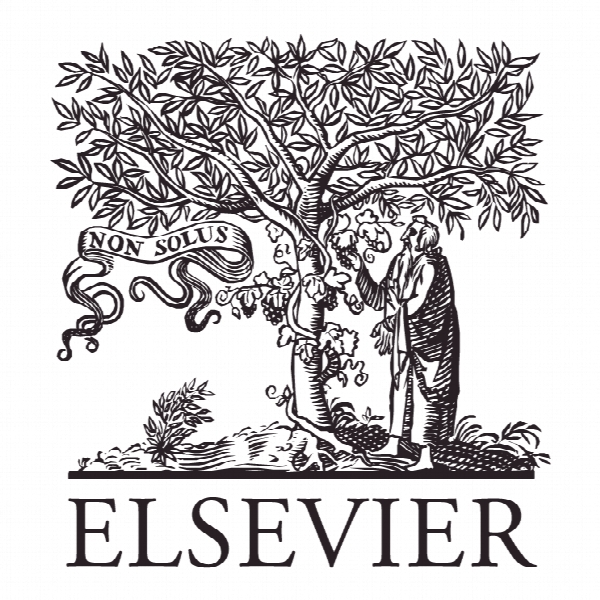برقراری ارتباط در میان و بین فرهنگها: به سوی شمول و تغییر اجتماعی Communicating across, within and between, cultures: Toward inclusion and social change
- نوع فایل : کتاب
- زبان : انگلیسی
- ناشر : Elsevier
- چاپ و سال / کشور: 2017
توضیحات
رشته های مرتبط مدیریت
گرایش های مرتبط مدیریت منابع انسانی
مجله بررسی روابط عمومی – Public Relations Review
دانشگاه RMIT، ملبورن، استرالیا
نشریه نشریه الزویر
گرایش های مرتبط مدیریت منابع انسانی
مجله بررسی روابط عمومی – Public Relations Review
دانشگاه RMIT، ملبورن، استرالیا
نشریه نشریه الزویر
Description
1. Global, mobile and multicultural Working in multinational contexts is not new, but migration and mobility have increased around the world, and this is not just manifested in the mass migration of refugees into Europe. The United Nations reported 244 million international migrants living worldwide in 2015, up by 41 percent from 2000 (UN International Migration Report, 2016). Of this number, almost 20 million are refugees. The rest are people like myself, migrants who are persons living in a country other than where they were born. International migrants are dispersed across the six continents with Europe and Asia hosting 76 million and 75 million migrants respectively. North America hosts 54 million, Africa 21 million, Latin America and the Caribbean 9 million, and Oceania 8 million (UN International Migration Report, 2015: 6). Of the 244 million migrants, 43 percent were born in Asia with India comprising the largest diaspora in the world. People born in Europe were the second largest group of migrants. Interestingly except for Latin Americans (70 percent) most of whom migrated to North American, most migrants often stayed closer to home in 2015. For example 66 percent Europeans moved within the region, 60 percent of Asians migrated to Asia, while 59 percent of those born in Oceania stayed in the region. Nevertheless the UN report highlighted that in Europe, North America and Oceania, international migrants accounted for at least 10 percent of their population. In Asia, Africa, Latin America and the Caribbean, international migrants comprise less then two percent of their population. These figures mean that migration and mobility have increased multicultural communities across the world, and thus communication across cultures do not necessarily mean communicating across nation states. For instance, we would previously assume that communicating across cultures would mean adapting a particular global campaign to suit the needs of the local audiences, often through translation. But we have seen many cases were ‘language’ translation is not enough. Culture is much more than language. Understanding cultures include knowledge about histories, economics, politics, social mores, regional differences and indigenous traditions and the tensions within these cultures.


